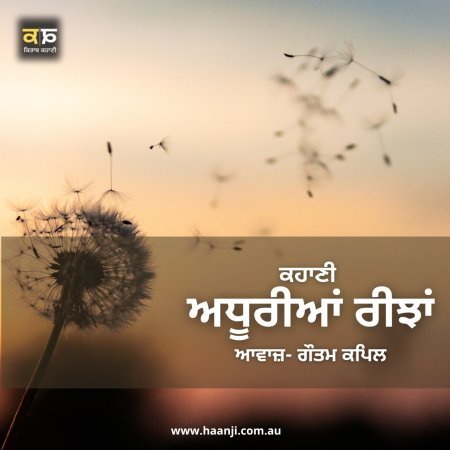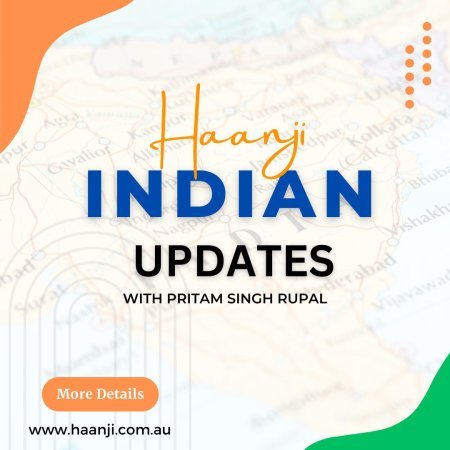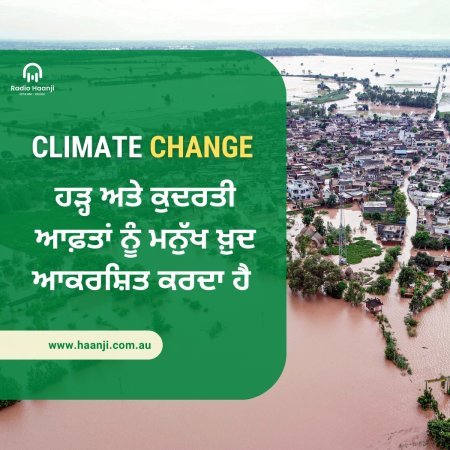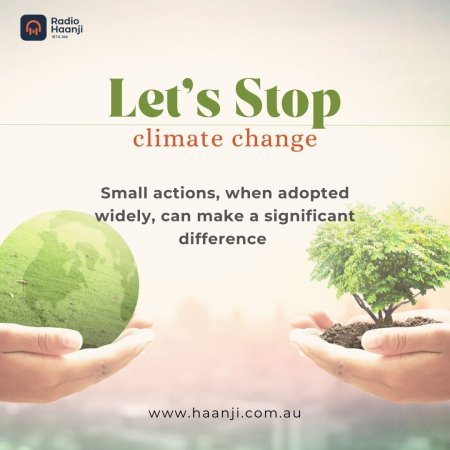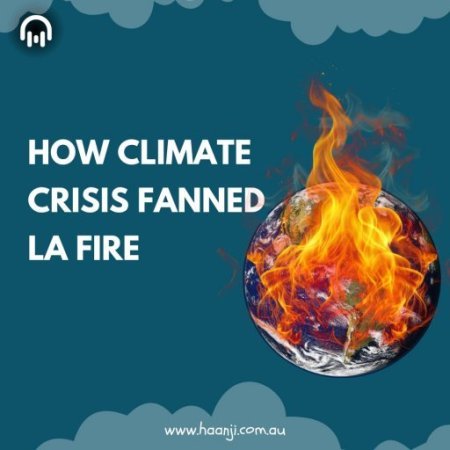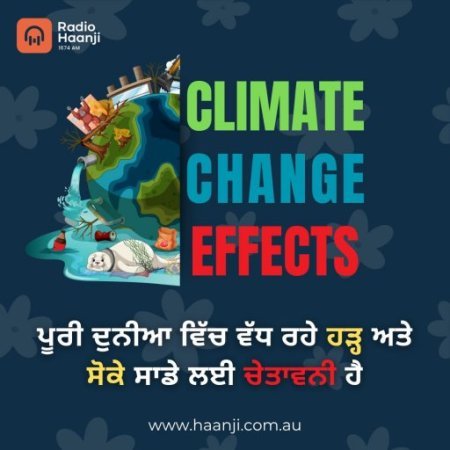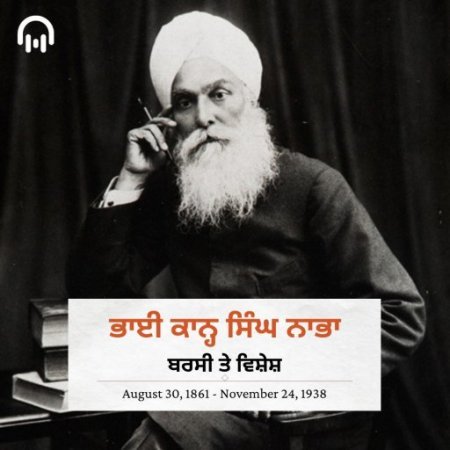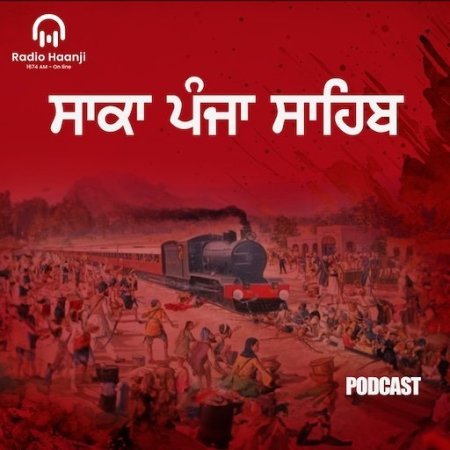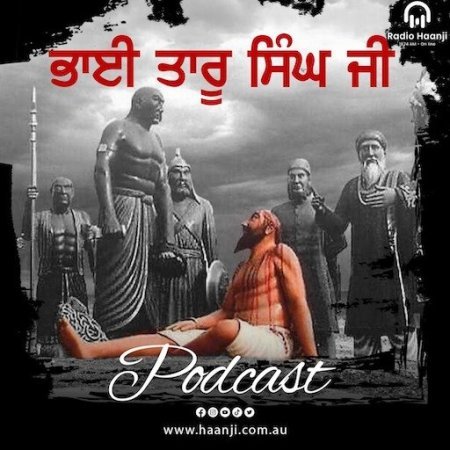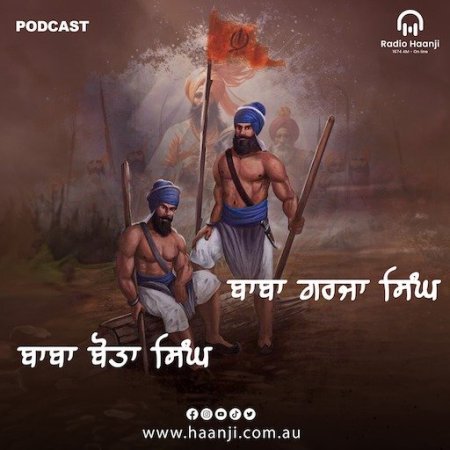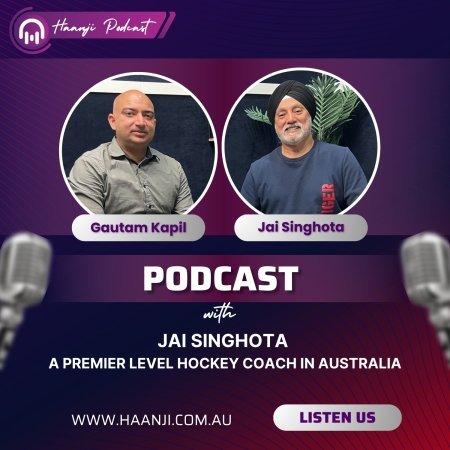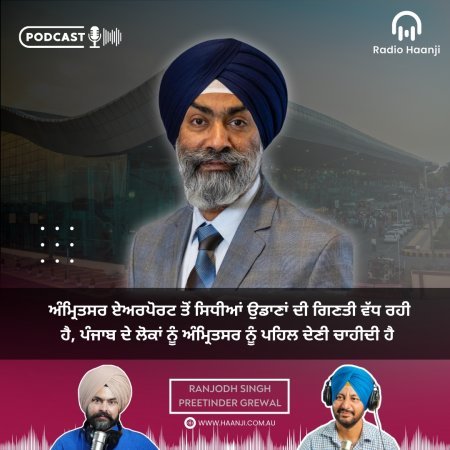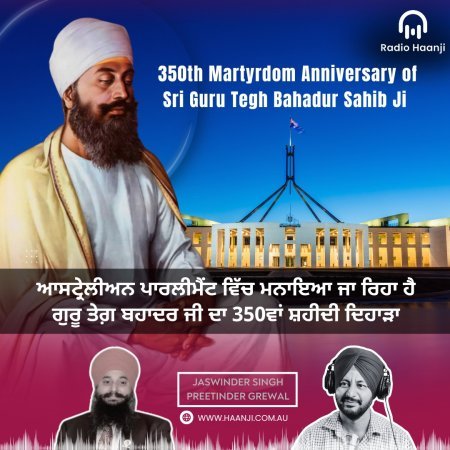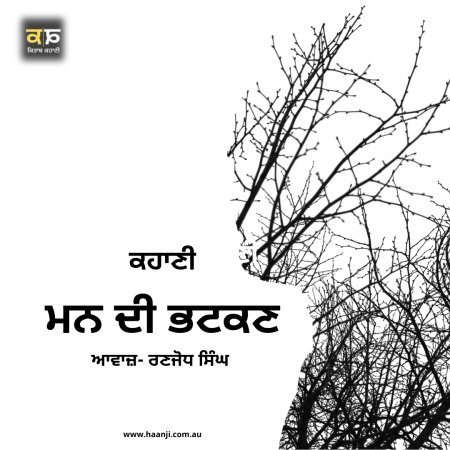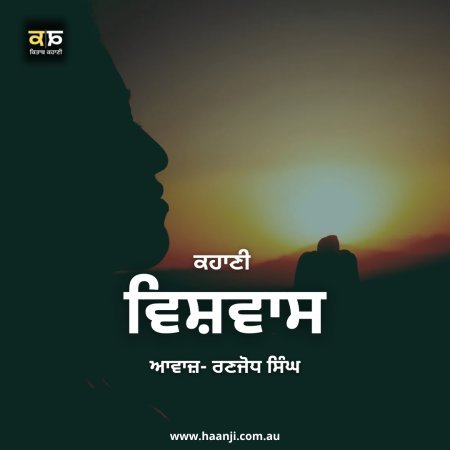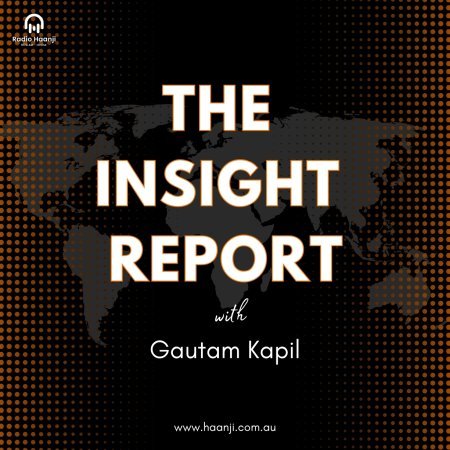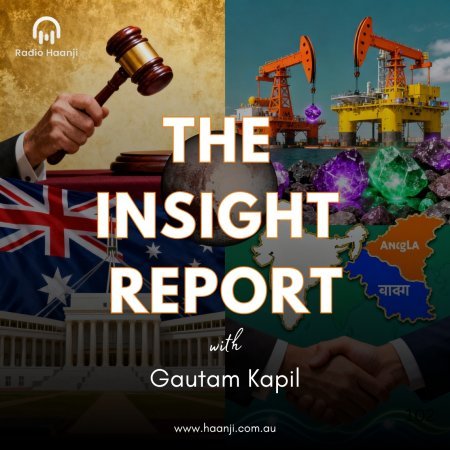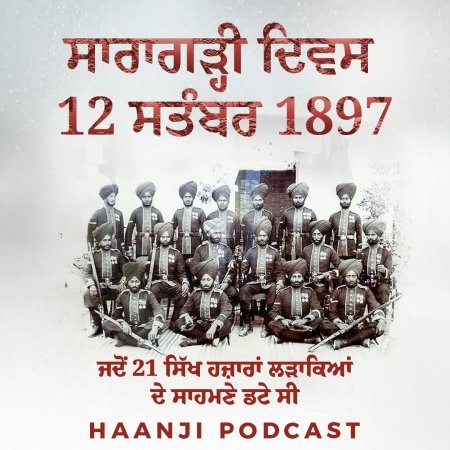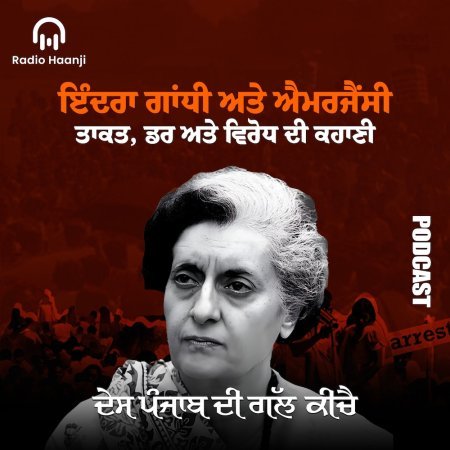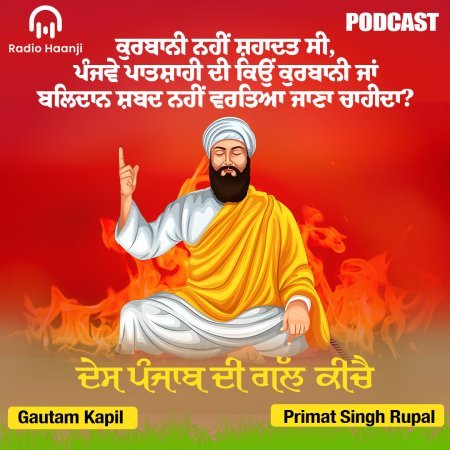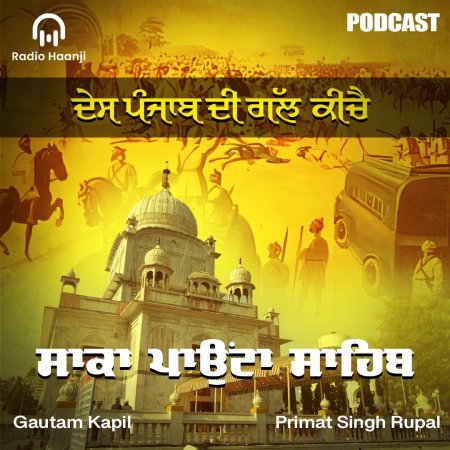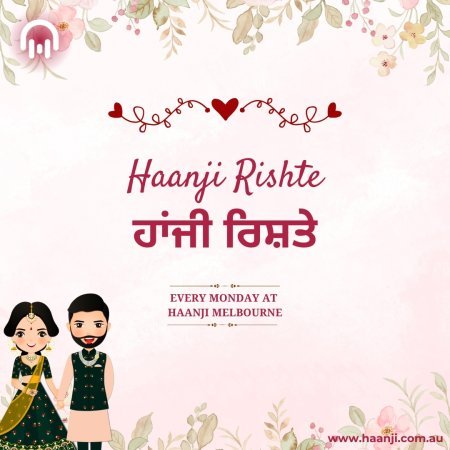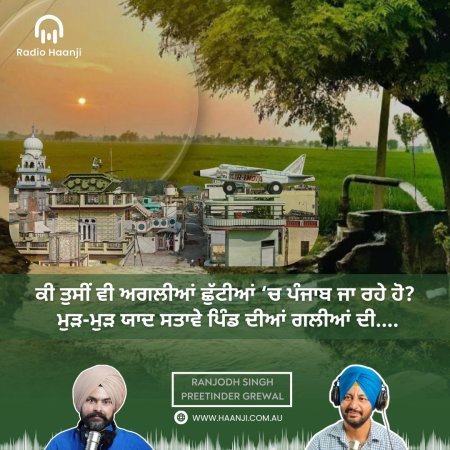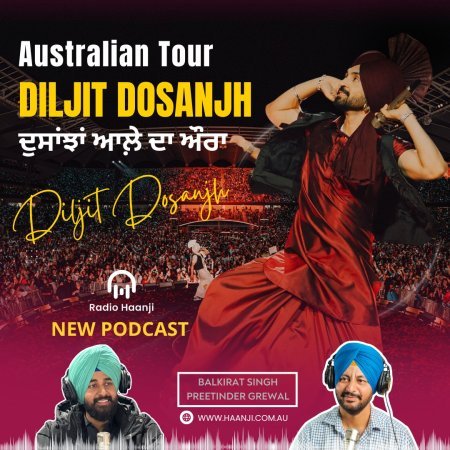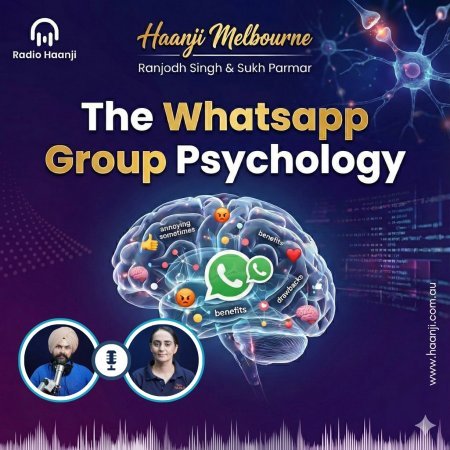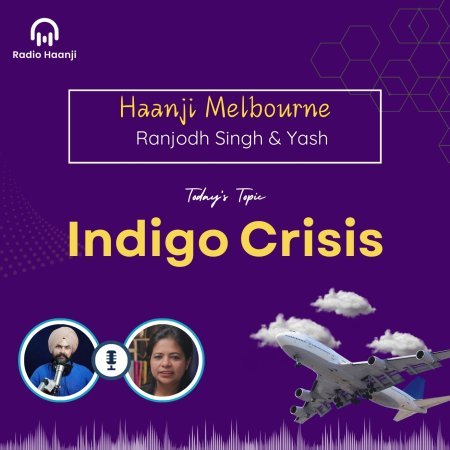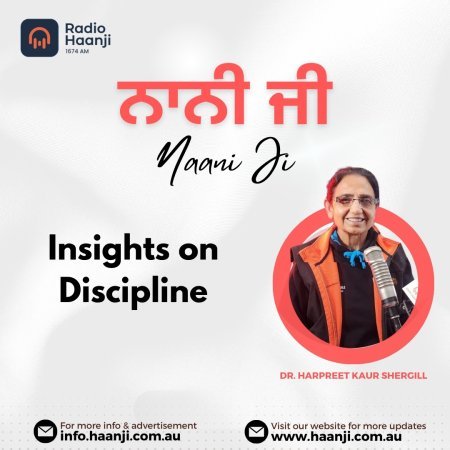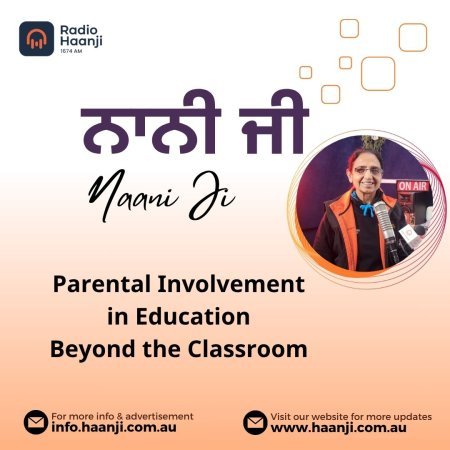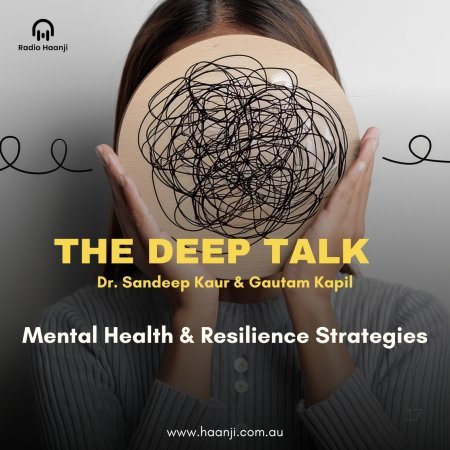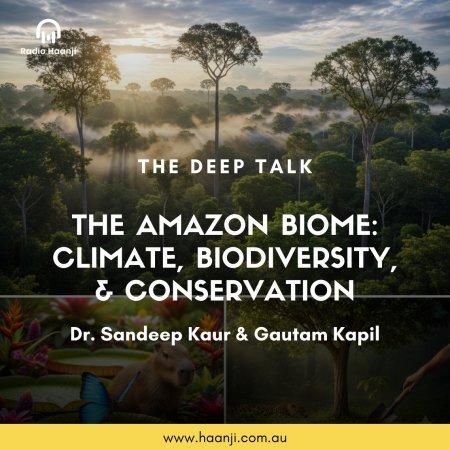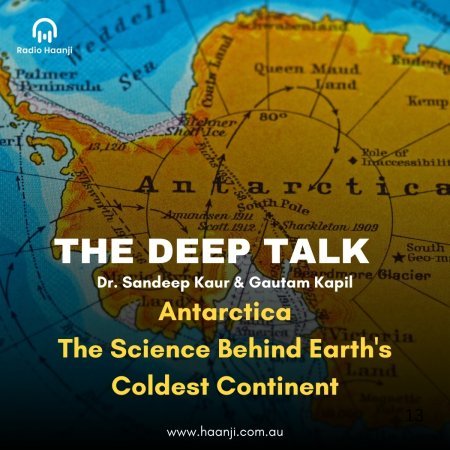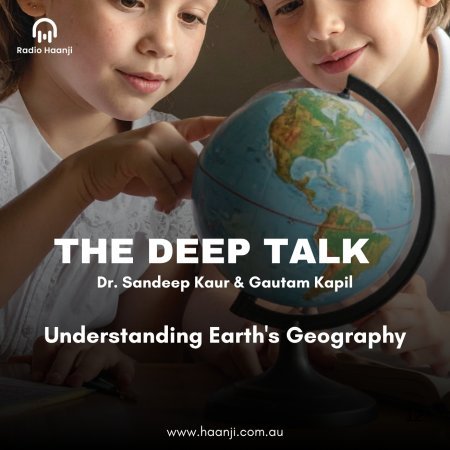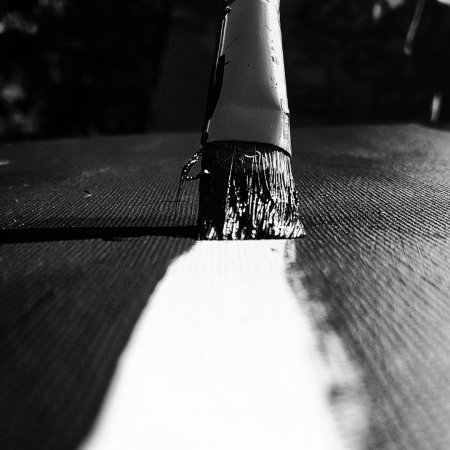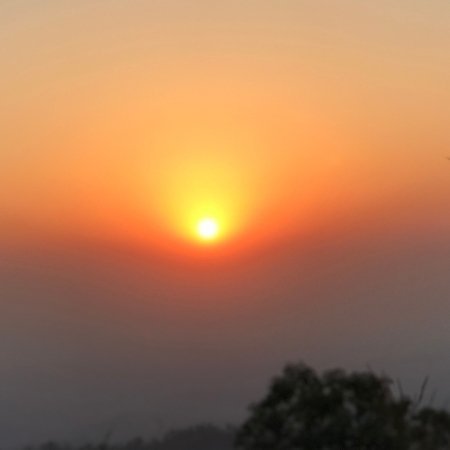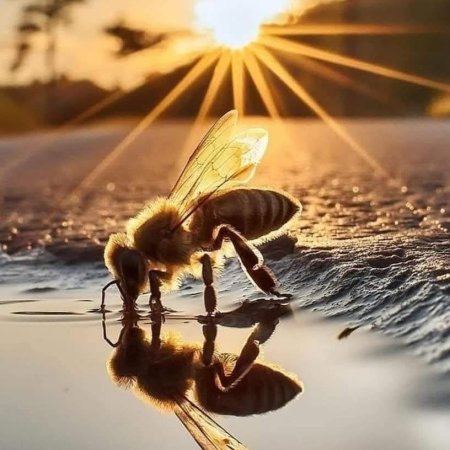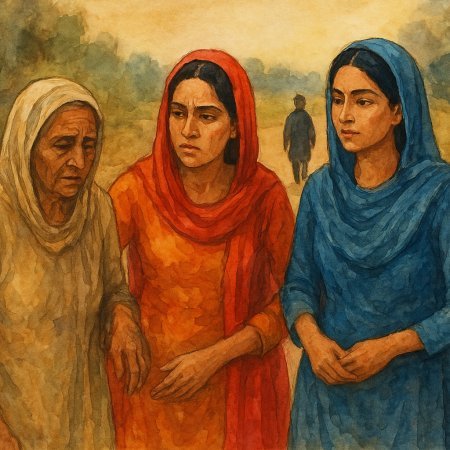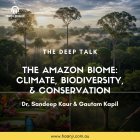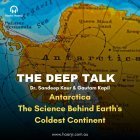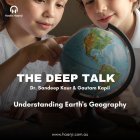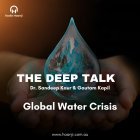
How India Collided with Asia: Shocking Geological Secrets - Radio Haanji
Host:-
 Dr. Sandeep Kaur
Dr. Sandeep Kaur
 Gautam Kapil
Gautam Kapil
Discover how India collided with Asia, shaping the Himalayas and Earth’s geologic timeline, from the Hadean Eon to today’s tectonic wonders.
Introduction to Earth’s Mysterious Evolution
How India collided with Asia is a tale of tectonic drama that sculpted the Himalayas and reshaped Earth’s geography. This fascinating story was recently explored in an engaging episode of The Deep Talk podcast, hosted by Gautam Kapil and Dr. Sandeep Kaur on Radio Haanji, Australia’s No. 1 Punjabi and Hindi radio station. When we marvel at mountains, oceans, and forests, we witness the results of 4.6 billion years of dynamic change. Unlike the lifeless surfaces of Mars or Venus, Earth’s vibrant landscapes are driven by plate tectonics and a unique evolutionary journey. This narrative begins with the birth of the Sun and unfolds through eons of transformation, culminating in the monumental collision of India with Asia that continues to shape our world.
How India Collided with Asia: The Geologic Time Scale
To understand how India collided with Asia, as discussed in The Deep Talk on Radio Haanji, we must explore the geologic time scale, which divides Earth’s 4.6-billion-year history into eons, eras, and periods based on major geological and biological shifts. This framework reveals the milestones that led to the Himalayan collision and Earth’s unique place in the solar system.
Hadean Eon: Setting the Stage for India’s Tectonic Journey (4.6–4.0 Billion Years Ago)
The Hadean Eon marked the birth of our solar system. A swirling cloud of gas and dust coalesced under gravity to form the Sun, planets, asteroids, and comets. Earth emerged as a molten, chaotic sphere, bombarded by asteroids. With no solid crust or atmosphere, it was a hostile world, setting the foundation for future tectonic events like the India-Asia collision.
Archean Eon: Foundations for the India-Asia Collision (4.0–2.5 Billion Years Ago)
During the Archean Eon, Earth cooled, forming a solid crust. Its atmosphere, rich in methane and ammonia, was toxic, yet life emerged in the form of simple microbes, likely in deep-sea hydrothermal vents. The planet’s layers—crust, mantle, and core—differentiated, establishing the tectonic framework that would later drive the collision of India with Asia.
Proterozoic Eon: Paving the Way for the Himalayan Collision (2.5 Billion–542 Million Years Ago)
The Proterozoic Eon saw the rise of oxygen in the atmosphere, the evolution of multicellular life, and the movement of tectonic plates. Early supercontinents like Nuna and Rodinia formed and broke apart, reshaping Earth’s surface and setting the stage for the formation of Pangea, a precursor to India’s tectonic journey.
Supercontinents: Prelude to India Collided with Asia
Supercontinents, massive landmasses formed by converging tectonic plates, have shaped Earth’s geology and climate for billions of years. Their formation and breakup, as highlighted in The Deep Talk podcast, were critical precursors to how India collided with Asia.
The Formation of Nuna and Rodinia
Nuna (formed ~1.8 billion years ago) and Rodinia (~1.1 billion years ago) were Earth’s earliest supercontinents. Their cycles of assembly and breakup influenced ocean currents and atmospheric conditions, fostering the diversification of life and setting the tectonic stage for later continents.
Pangea: The One Giant Landmass
Around 335 million years ago, Pangea emerged, uniting nearly all of Earth’s landmasses into a single supercontinent surrounded by the vast Panthalassa Ocean. Pangea’s formation marked a pivotal moment in Earth’s geologic history.
Pangea’s Breakup into Laurasia and Gondwana
About 200 million years ago, Pangea began to fracture into two landmasses: Laurasia (North America, Europe, and most of Asia) and Gondwana (South America, Africa, Antarctica, Australia, and India). India, part of Gondwana, was positioned in the Southern Hemisphere, far from its eventual collision with Asia.
India’s Tectonic Journey to the Himalayan Collision
The story of how India collided with Asia, vividly explored by Gautam Kapil and Dr. Sandeep Kaur on The Deep Talk, begins with India’s departure from Gondwana around 120 million years ago. Breaking free, the Indian Plate embarked on a remarkable northward journey across the Tethys Ocean.
Speed and Direction of the Indian Plate
The Indian Plate moved at an astonishing 15 cm per year—lightning-fast by geological standards. This rapid drift, driven by mantle plumes and slab pull from subducting oceanic crust, propelled India toward Asia over millions of years.
Geological Forces Behind the India-Asia Collision
The forces driving India’s sprint included mantle convection, thinning oceanic crust, and tectonic subduction dynamics. These processes reduced resistance, allowing the Indian Plate to race across the Tethys Ocean until it collided with the Eurasian Plate.
The Himalayan Collision: India Meets Asia
Around 50 million years ago, India collided with Asia in a slow-motion crash that reshaped both continents. Unlike oceanic-continental collisions where one plate subducts, both the Indian and Eurasian plates were continental, leading to intense crumpling and uplift.
Formation of the Himalayas
The India-Asia collision birthed the Himalayas, including Mount Everest, the world’s tallest peak. The immense pressure folded and thrust Earth’s crust upward, creating a mountain range that continues to rise today. Marine fossils found in Himalayan rocks, remnants of the ancient Tethys Ocean, highlight the dramatic nature of this uplift.
Ongoing Impact of the Himalayan Collision
The collision remains active, with the Indian Plate still pushing northward at 4–5 cm per year. This movement causes frequent earthquakes in the Himalayan region, gradual uplift of the mountains, and reshaping of landscapes. The collision also influenced global climate, contributing to the Asian monsoon system.
Exploring the India-Asia Collision on Radio Haanji’s The Deep Talk
The fascinating story of how India collided with Asia was recently brought to life on The Deep Talk, a podcast hosted by Gautam Kapil and Dr. Sandeep Kaur on Radio Haanji, Australia’s premier Punjabi and Hindi radio station. In this episode, the hosts delved into the geological forces behind the Himalayan collision, offering listeners a blend of scientific insight and cultural storytelling. Gautam Kapil, known for his engaging discussions, and Dr. Sandeep Kaur, an expert in communication and psychology, made the complex topic accessible, connecting the ancient tectonic journey to the vibrant landscapes of modern India. Tune in to The Deep Talk on Radio Haanji’s platform for more cultural and scientific explorations
What Makes Earth Unique?
Earth’s dynamic plate tectonics set it apart from other planets. The movement of continents, formation of mountains, and regulation of climate through volcanic and tectonic activity created diverse habitats for life. The India-Asia collision is a testament to these forces, transforming Earth into a vibrant, living planet.
FAQs About How India Collided with Asia
Q1: When did India collide with Asia?
A: The collision began around 50 million years ago during the Eocene Epoch.
Q2: How fast did India move before the collision?
A: The Indian Plate moved at about 15 cm per year, a record speed for tectonic plates.
Q3: What did the India-Asia collision create?
A: It formed the Himalayas and the Tibetan Plateau, reshaping global geography.
Q4: Is the Indian Plate still moving?
A: Yes, it continues to move northward, causing earthquakes and mountain uplift.
Q5: Why didn’t one plate subduct?
A: Both plates were continental, leading to crumpling and uplift instead of subduction.
Q6: Could another collision like this happen again?
A: Yes, over millions of years, as plate tectonics is an ongoing process.
Conclusion
The story of how India collided with Asia, beautifully unpacked by Gautam Kapil and Dr. Sandeep Kaur on The Deep Talk podcast, unveils Earth’s dynamic geologic heart. From the fiery chaos of the Hadean Eon to the rise of the Himalayas, this journey highlights the forces that make our planet unique. The Himalayan collision, a slow-motion crash spanning millions of years, continues to shape landscapes, climates, and ecosystems. To explore more about plate tectonics, visit the USGS Plate Tectonics site. For more insights like these, tune in to The Deep Talk on Radio Haanji
What's Your Reaction?









